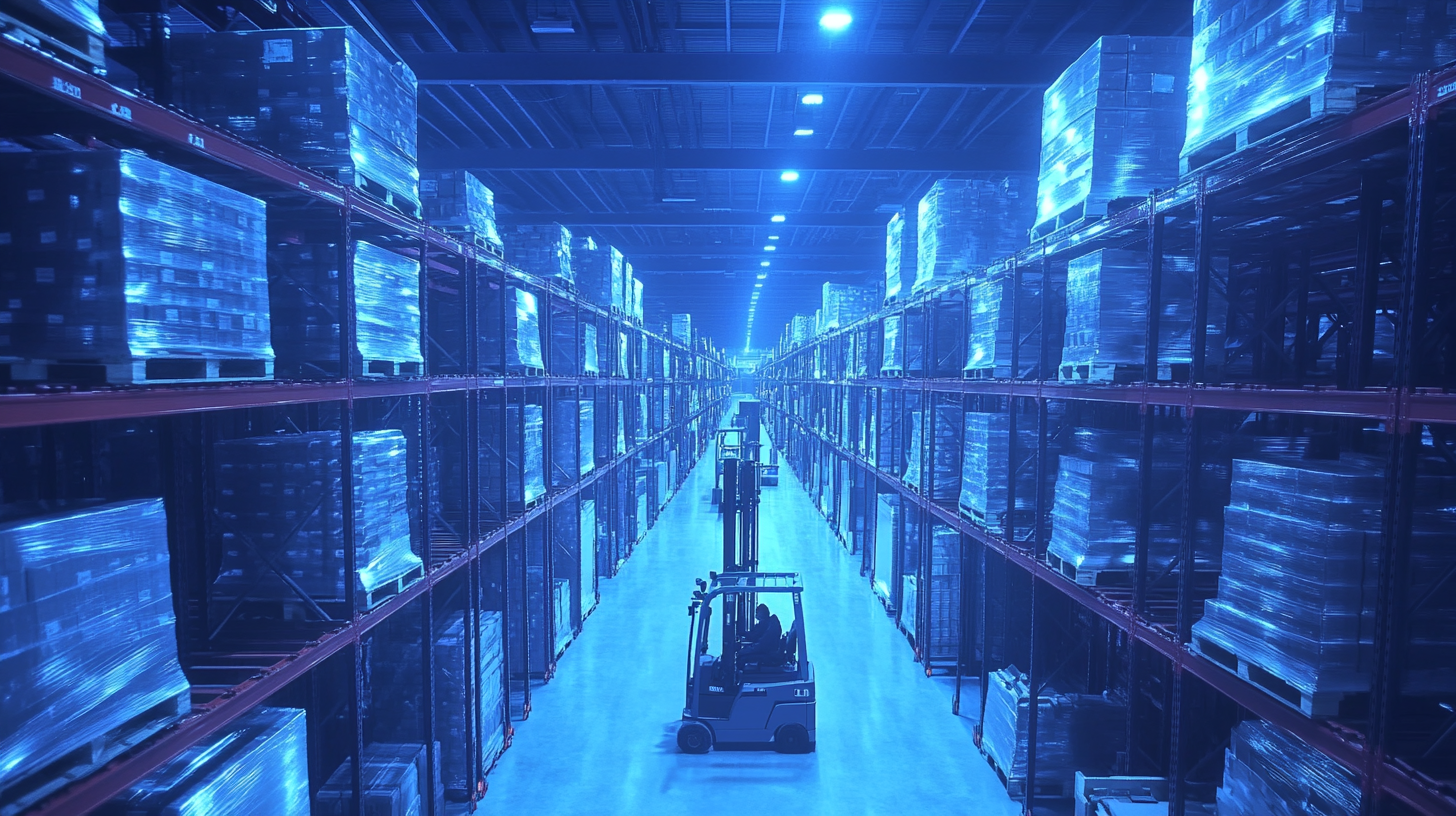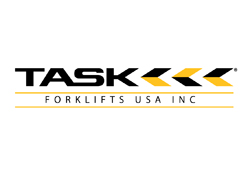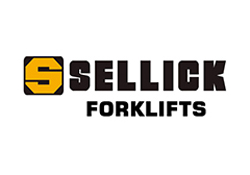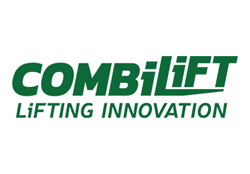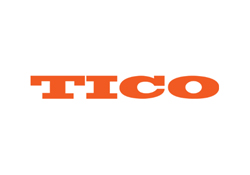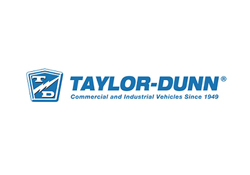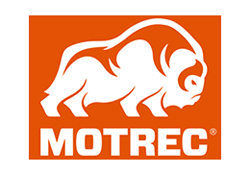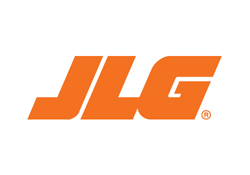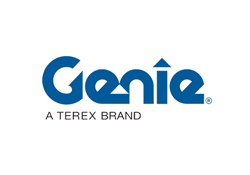Surging Demand for Best Electric Forklifts Amidst US-China Tariff Challenges: A Manufacturing Resilience Story
In recent years, the manufacturing landscape has undergone significant shifts, particularly influenced by the escalating tariffs between the United States and China. Amidst these challenges, one sector is experiencing a remarkable surge in demand: Electric Forklifts. As businesses strive to enhance their operational efficiency and reduce carbon footprints, Electric Forklifts have emerged as a vital solution. The resilience of Chinese manufacturers in adapting to these tariffs showcases their innovative strategies and commitment to meeting the evolving needs of the market. This blog explores how the rise of Electric Forklifts not only reflects the changing dynamics of international trade but also highlights the ingenuity and determination of manufacturers navigating through turbulent times. As we delve into this story of manufacturing resilience, we will uncover the factors driving the growth of Electric Forklifts in a challenging economic landscape.
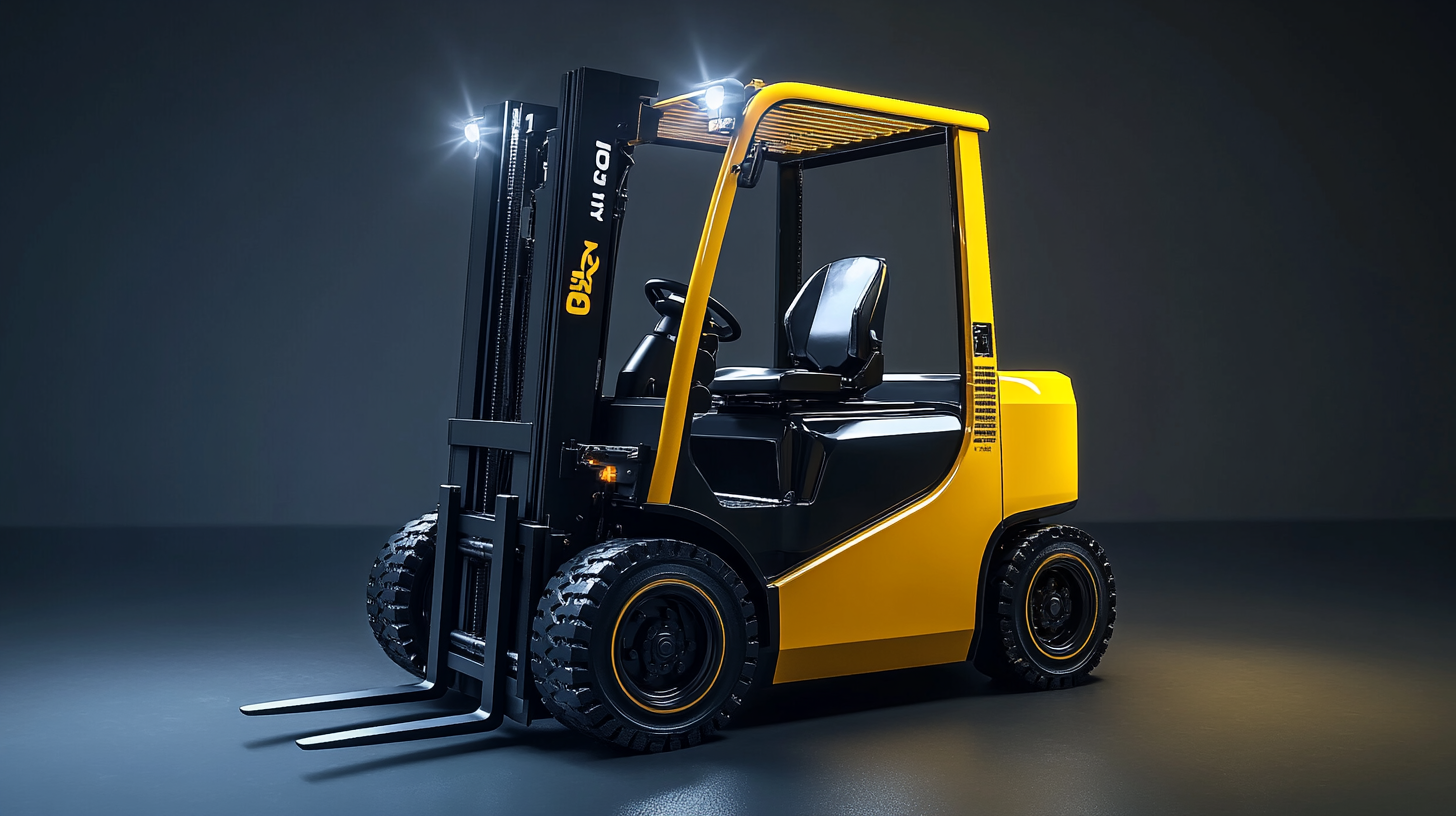
Surging Demand for Electric Forklifts: Understanding Market Trends
The electric forklift market is witnessing a remarkable surge, driven by the increasing need for sustainable solutions in material handling. As the market expands rapidly, with projections indicating growth from 2520.8 thousand units in 2025 to 4904.9 thousand units by 2032, the electric forklift segment stands out with an impressive CAGR of 14.4%. This trend reflects a broader shift towards automation and smart mobility in logistics, highlighting the industry's adaptation to changing demands and resilience amidst challenges such as US-China tariffs.
Tips for businesses looking to invest in electric forklifts include understanding the specific needs of your operations. Evaluate factors such as load capacity, battery longevity, and charging infrastructure to ensure optimal performance. Additionally, consider the long-term benefits of sustainability when selecting a forklift. Many companies are finding that investing in electric forklifts not only reduces operational costs but also enhances their corporate social responsibility profile in an increasingly eco-conscious market.
As you plan for future growth, remember to stay informed about new advancements in electric vehicle technology. Innovations in battery types and propulsion systems are continuously reshaping the market, presenting opportunities for improved efficiency and productivity in your warehouse or distribution center. Adapting to these trends can position your business favorably in a competitive landscape.
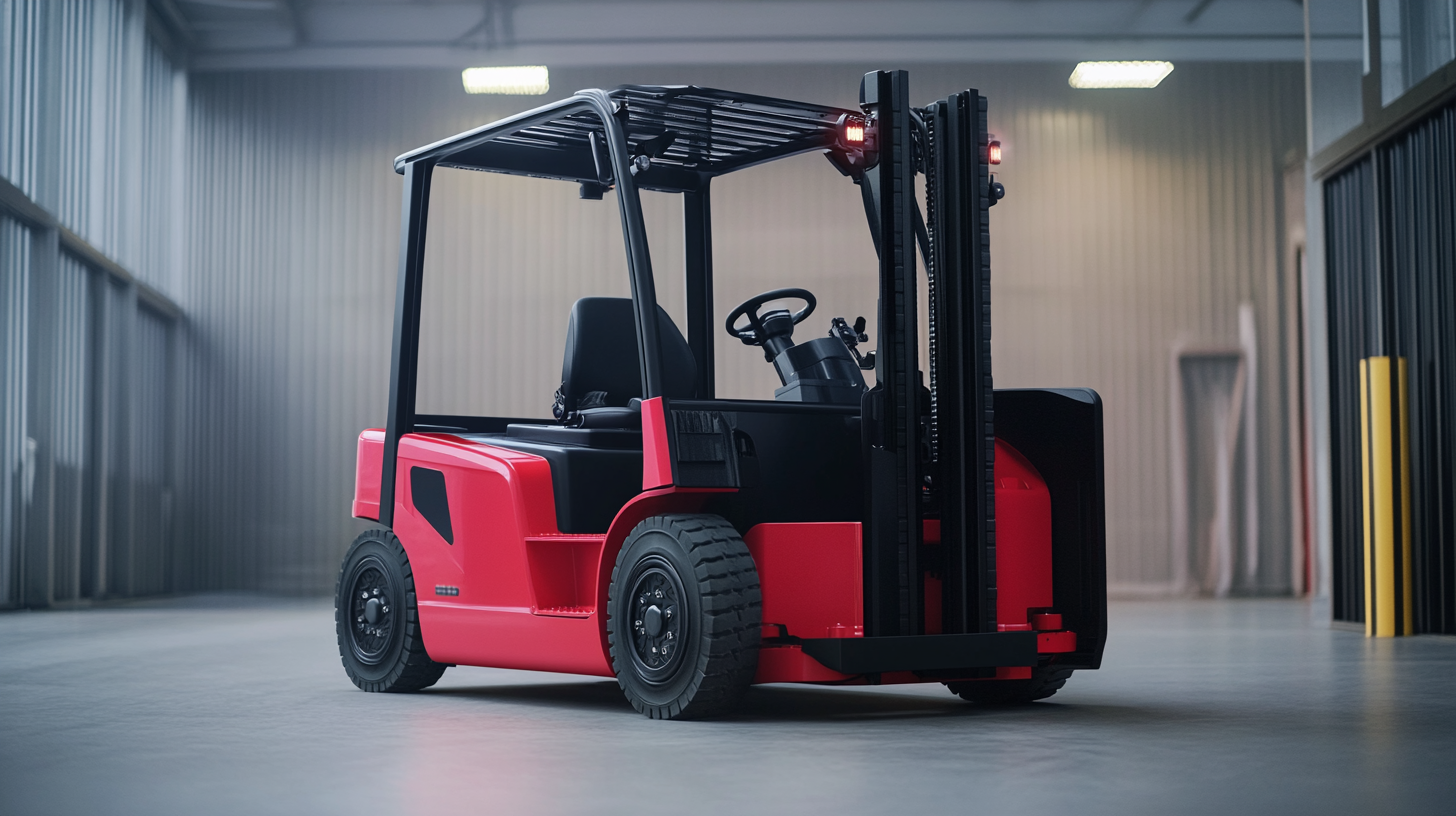
Navigating US-China Tariffs: Impacts on Manufacturing Strategies
The ongoing US-China tariff challenges have significantly reshaped the landscape for manufacturers, compelling them to rethink their strategies in an ever-evolving global market. As tariffs impose additional costs on imported goods, many companies are reevaluating their supply chains and production locations. This shift has prompted a surge in demand for electric forklifts, which are increasingly recognized for their efficiency and sustainability, aligning perfectly with the growing emphasis on reducing operational costs while maintaining environmental standards.
Manufacturers are now focusing on innovative solutions to navigate these turbulent waters. By investing in locally-sourced materials and diversifying their supplier bases, companies are striving to mitigate the risks associated with tariffs. Additionally, transitioning to electric forklifts not only helps to lower long-term operating costs but also allows manufacturers to enhance their sustainability initiatives. This strategic pivot reflects a deeper resilience in the manufacturing sector, showcasing its ability to adapt to challenging conditions while remaining focused on growth and innovation. Moreover, the adoption of advanced technologies in logistics and warehouse management further strengthens operational capacity, creating a robust framework to withstand external pressures.
Surging Demand for Best Electric Forklifts Amidst US-China Tariff Challenges
This chart illustrates the year-over-year increase in demand for electric forklifts in the United States and China, highlighting the impact of tariffs on manufacturing strategies.
China's Manufacturing Adaptations: Overcoming Trade Barriers
China's manufacturing sector has shown remarkable resilience in adapting to the challenges posed by US-China tariffs. Companies have implemented innovative strategies to navigate trade barriers, including diversifying suppliers and investing in automation technology. By focusing on enhancing efficiency and reducing dependency on foreign materials, manufacturers are better positioned to mitigate the impacts of tariffs. This proactive approach not only safeguards their operations but also enhances competitiveness in the global market.
Tips for manufacturers include conducting a comprehensive supply chain analysis. Identifying alternative sources for raw materials can significantly reduce vulnerability to sudden tariff changes. Additionally, embracing technology such as robotics and data analytics can streamline production processes, ultimately lowering costs and increasing output.
Moreover, considering the growing demand for electric forklifts, companies should look into implementing green technologies in their logistics operations. This shift not only aligns with global sustainability goals but also appeals to a broader range of customers increasingly concerned about environmental impacts. Investing in electric forklifts can lead to long-term savings while fostering a reputation for innovation and responsibility in manufacturing.
Surging Demand for Best Electric Forklifts Amidst US-China Tariff Challenges
| Region | Year | Electric Forklift Sales (Units) | Growth Rate (%) | Average Price (USD) |
|---|---|---|---|---|
| United States | 2021 | 25,000 | 15% | 32,000 |
| China | 2021 | 40,000 | 20% | 25,000 |
| Europe | 2021 | 15,000 | 10% | 30,000 |
| United States | 2022 | 28,000 | 12% | 33,000 |
| China | 2022 | 50,000 | 25% | 28,000 |
| Europe | 2022 | 18,000 | 20% | 31,500 |
Electric Forklift Innovations: Paving the Way for Resilience
In recent years, the electric forklift market has experienced significant growth, driven largely by innovations that enhance both performance and efficiency. According to a report by Research and Markets, the global electric forklift market is expected to reach USD 38.70 billion by 2027, growing at a CAGR of 6.5%. This surge reflects not only the push for greener alternatives in material handling but also the need for resilient manufacturing practices as companies navigate ongoing US-China tariff challenges.
Innovative technologies in electric forklifts are paving the way for improved operational resilience. Features such as advanced battery management systems and smart engine technologies enable these forklifts to operate longer and require less downtime for charging and maintenance. Additionally, a report from Grand View Research shows that lithium-ion batteries, which are becoming increasingly popular for electric forklifts, are projected to witness substantial growth. These innovations are transforming electric forklifts into vital assets for manufacturers striving to maintain efficiency amid fluctuating trade conditions and demand patterns.
Future Prospects: The Role of Technology in Forklift Manufacturing
The forklift manufacturing industry is undergoing a transformation, driven by rapid technological advancements that promise to redefine efficiency and sustainability. With surging demand for electric forklifts, manufacturers are increasingly integrating smart technologies into their production processes. Innovations such as IoT connectivity, AI-driven analytics, and advanced battery management systems not only enhance operational performance but also contribute to a seamless user experience. These technologies enable predictive maintenance, optimizing downtime and reducing operational costs, a crucial factor in today’s competitive market.
Moreover, as environmental concerns continue to rise, the move towards electric forklifts is becoming more than just a trend; it’s a necessity. Advanced technologies are paving the way for creating more efficient electric models with longer ranges and faster charging capabilities. By leveraging research in battery technology and automation, manufacturers can produce electric forklifts that not only meet the demands of high-capacity logistics but also align with sustainability goals. This hybrid approach of incorporating cutting-edge technology while prioritizing environmental responsibility sets the stage for a resilient future in the forklift industry.
